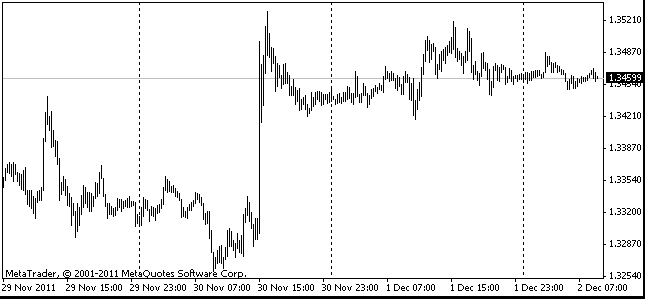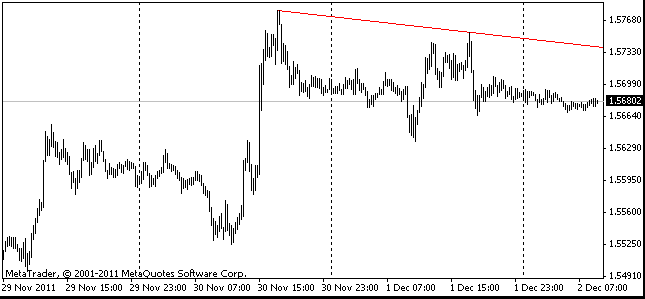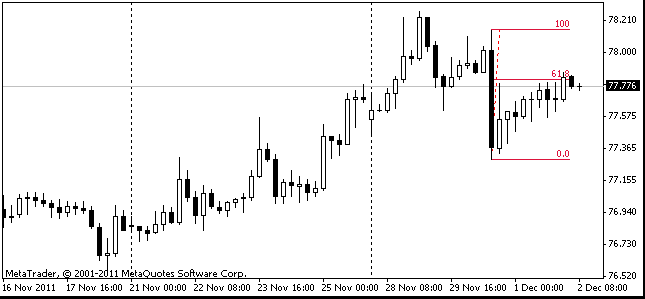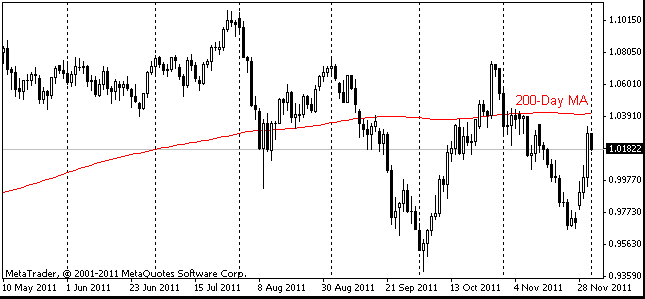EUR/USD
The single currency is still in the downtrend. On Friday eurusd was depreciating. At some point its quotes went below 1.30 and now the pair is trading right at this level. Thus, already now the decline in the pair is deeper than at the beginning of the year. The dollar index is at the highest level for the last 6 months. Yet, it's worth mentioning that in August and July the index was supported by decline of the euro. Now support is coming from other currencies (the yen, pound, Loonie, aussie), while the euro feels quite well. However, in view of fundamental indicators we don't think it will be that for long. The first trading day of March was spoilt by another portion of negative news from the EU employment market. Europe's unemployment level rose to 11.9%, which is the highest rate in the history of the euro zone. At the same time the economic weakness reveals itself in the decline of consumer-price inflation. The CPI Flash Estimate has shown a decrease in the annual inflation rate by 1.8%, which hasn't been seen since August 2010. From the macroeconomic viewpoint it is clear that Draghi and his team still have an opportunity to ease lending terms in the region. Moreover, the index of loans to nonfinancial corporations has been negative for months, which won't do any good to the region's private sector in the near future. With the euro's appreciation against most currencies except for the dollar and correction in the energy market we get that in the next half-year or year inflation won't be at risk of growing, even in case of the rate cut.

GBP/USD
Friday's drop of the pound must have deprived the sterling of its last advocates. To be honest, such a stormy reaction to the poor PMI looks really surprising. The decrease in the Manufacturing PMI from 50.5 to 47.9 (instead of the expected growth to 51.0) was met by the pound's downfall by 170pips over an hour. For the rest of the day the pair was consolidating around 1.50 and the daily low was set at 1.4985. Behind this downfall we see speculators' attack at long positions in the pound rather than disappointment of real investors. Our hopes that the pair hit the bottom above 1.51 haven't been realized. Now the bulls are trying to keep hold of at least 1.50. The sterling is too oversold, but it's hard to find the reason to purchase it right now.

USD/JPY
The bulls in usdjpy are doing their job paying no attention to the rest of the market. All unrest in the other part of Forex doesn't affect the pair and its flactuations. The systematic purchases since the middle of the previous week have driven the pair to 92.70, where it's found lots of buyers. As a result now trading is held at 93.40 and this is the middle of the consolidation channel, within which the pair was trading for the whole February. The new head of the BOJ, Kuroda, is expected to take concrete measures. Intentions alone won't be enough.

AUD/USD
It will be an important day for the Aussie tomorrow. Retail sales data will be released tonight and later the RBA will publish its interest rate decision. The market analysts suppose that the sales will grow and the rate will be kept unchanged. However, traders think otherwise, actively selling the Aussie. audusd has dropped to 1.0120 tonight, which is the eight-month low. It is rarely the case, when the expectations are so bright.
